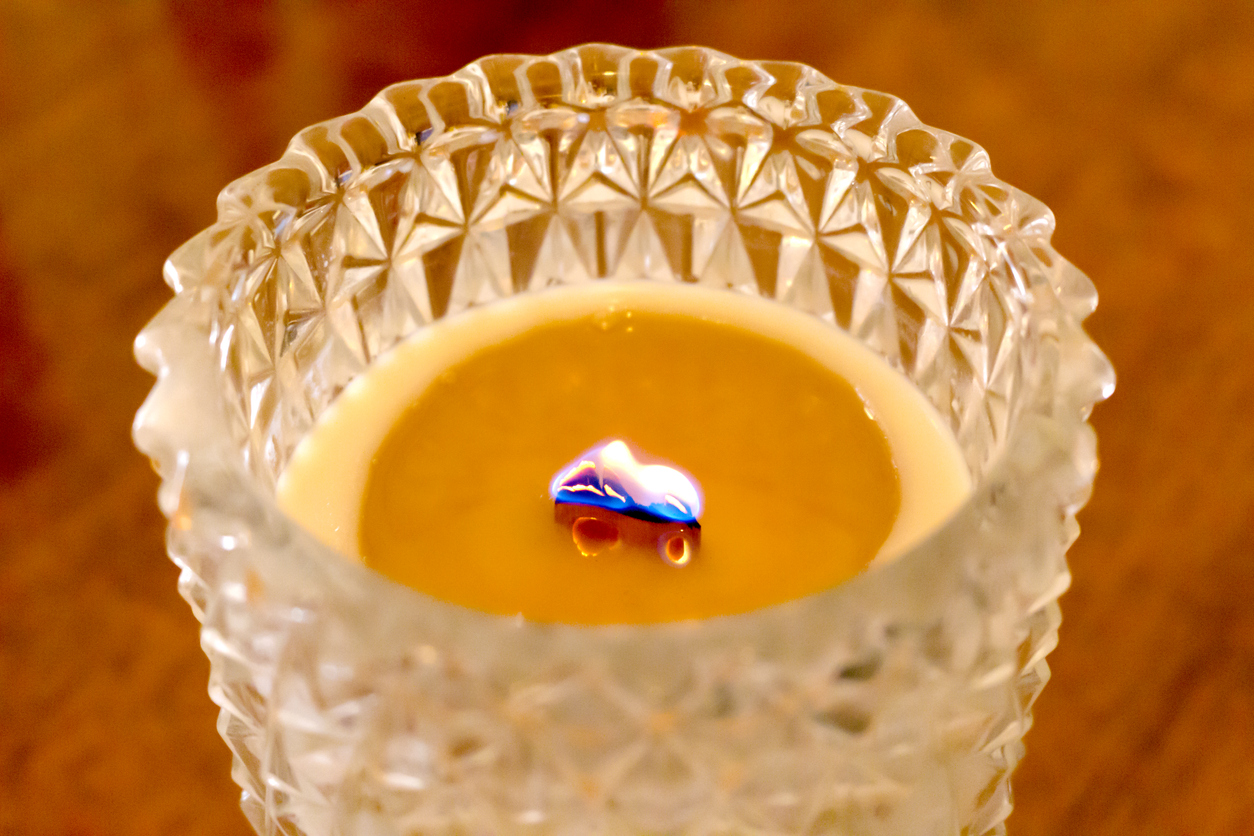We may earn revenue from the products available on this page and participate in affiliate programs. Learn More ›
Candles add warmth and ambiance to any space, but a broken candle wick can quickly put a damper on the mood. Whether it has been burnt too short, become covered in wax, or has accidentally broken, a malfunctioning wick can lead to frustration. But don’t get rid of the candle just yet—with some simple tricks, you can easily revive a broken wick and ensure your candle is as good as new. Here are eight solutions for fixing a broken candle wick to make sure you get the most out of your candles.
RELATED: How to Remove Candle Wax From Just About Any Surface
Keep it the right length.
One of the main reasons that candle wicks stop functioning properly is that their length is either too long or too short. The ideal wick length is a ¼ inch, which facilitates a longer burn time and even helps with the scent throw of scented candles. When a wick is shorter than a 1/4-inch, you may notice a weaker flame, drowned wicks, and poorer scent performance. If a wick is too long, on the other hand, the candle will produce more soot. Try to consistently keep the wick at the ideal length for optimal performance.

Start by softening the wax.
When your candle’s wick has sunk under melted wax—also known as drowning—it may seem like a lost cause. This can occur when a wick is made from a poor quality material that causes it to turn down too quickly or if the wick is too short for the size of the candle’s container. When the wax cools and hardens, the wick becomes stuck or completely submerged in the wax. In order to remedy the problem, start by warming the wax that’s covering the wick. You can use a hairdryer on a low setting or a wand-style candle lighter. This will soften the wax and make it pliable without melting it completely.
RELATED: 15 Ways to Light Up Your Decor With Candles
Use tweezers to extract a drowned wick.
Once the wax has been softened, it’s time to extract the wick. Luckily, a common toiletry item can come in handy for this part of the process. Grab a pair of tweezers and carefully pull the wick upwards until it’s no longer encased in wax. If the wick is longer than a ¼ inch, trim it down to the appropriate length.
RELATED: How to Get Candle Wax Out of a Jar: 4 Effective Methods

Create a new wick.
Sometimes a wick has been broken beyond repair, but that doesn’t mean the candle is no longer usable. You can fashion a new wick using common household items like twine or even a strip of tightly rolled newspaper. One trick is to use an apple corer to carefully remove the old wick. Push the corer to the bottom of the candle and twist it, then gently wiggle to loosen the wick. Once you’ve pushed the corer through the candle, pull it out, bringing with it a small plug of wax. Now, thread your homemade wick through the hole left by the wax plug. This simple solution lets you enjoy your candle without the need for a traditional wick.
RELATED: Solved! What Does a Candle in the Window Mean?
Melt the wax evenly.
Once you’ve successfully repaired or replaced a candle’s wick, it’s important to trim it to the right length in order to ensure that it burns evenly without flickering or causing excess smoke. It’s also a good idea to light the candle and let it burn for about 30 to 60 minutes so that the entire surface of the wax is evenly melted. This will prevent the candle from “tunneling”. This is when a candle burns down the middle, leaving a ring of un-melted wax around the edges.


